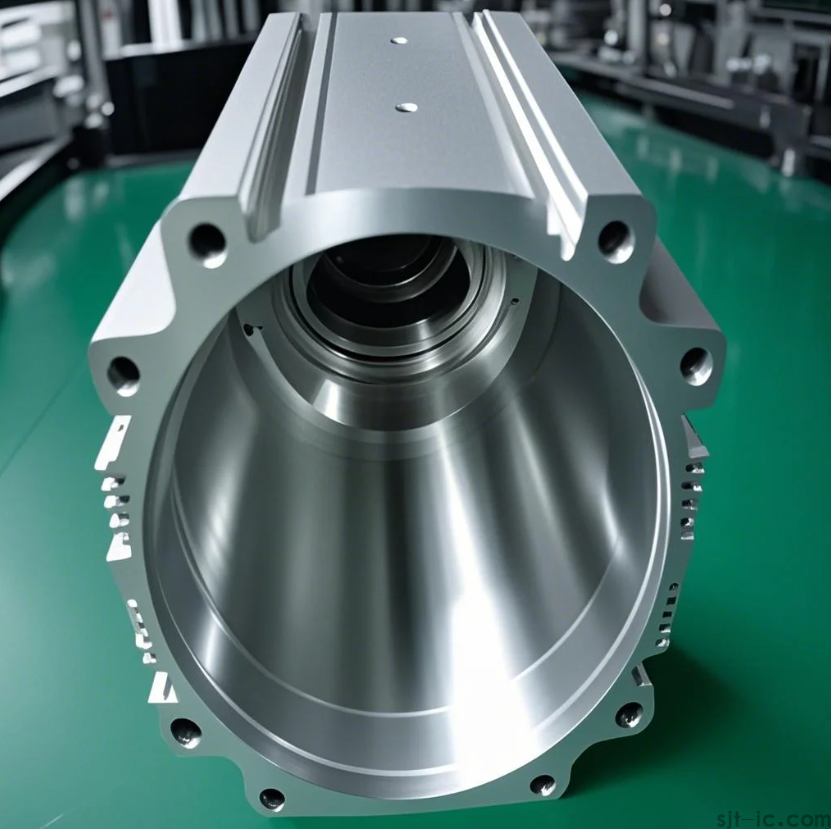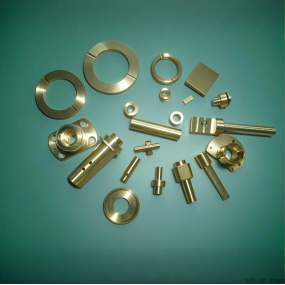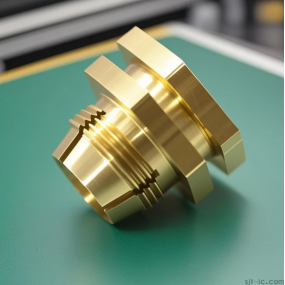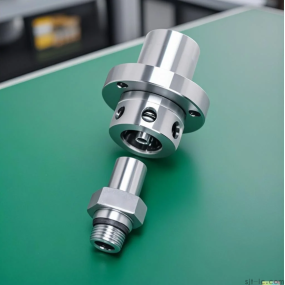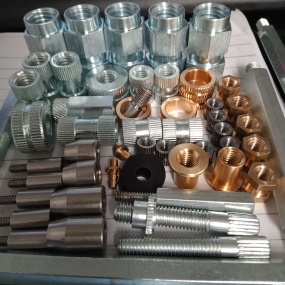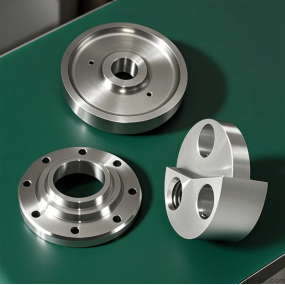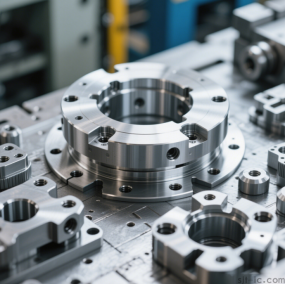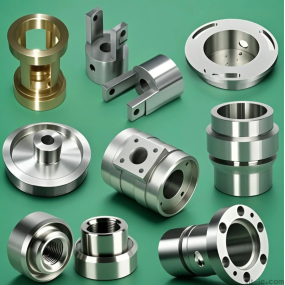I often receive questions from customers: When using CNC Machining for metal enclosures of security surveillance equipment, how should we choose materials and control precision? Having worked with many relevant cases, I’m sharing my experience today in the hope of helping you! 😊
Security equipment is used outdoors year-round, so its enclosure must be **corrosion-resistant and impact-resistant**. CNC machining can handle complex structures, but some people want to balance low costs with high quality—how to achieve this? In fact, choosing the wrong material will lead to a host of problems later. For example, aluminum alloy works well in general environments, but stainless steel or even titanium alloy is necessary for coastal areas or chemical plants. Otherwise, what if the surveillance camera falls off due to rust?
Precision loss is the biggest concern in precision machining! If the hole position deviation of the security enclosure exceeds 0.1mm, it may fail to fit the lens module. I suggest using 5-axis CNC machines for machining—for instance, German equipment can achieve an error of ±0.005mm. Pair it with a coordinate measuring machine (CMM) to check dimensions. Don’t think this step is time-consuming; rework ends up costing much more!
Many people overlook surface treatment! I once saw a factory that skipped anodizing, and as a result, the enclosure wore out and leaked electricity within half a year. 💡 In fact, sandblasting + electroplating can triple wear resistance, and anti-fingerprint treatment prevents marks outdoors—this is crucial for the concealment of surveillance equipment!
Finally, let’s talk about choosing manufacturers: You must check if they have experience in the security industry! Some small factories offer low prices but only handle simple parts; they can’t even mill complex pan-tilt structures accurately. I recommend choosing manufacturers with ISO certification. For example, some enterprises also provide free prototyping—verifying the product before placing a bulk order is much more reliable!
In short, low cost alone isn’t enough for security enclosure machining; material selection, precision control, and surface treatment must be tightly linked. Oh, and don’t forget to ask the manufacturer to conduct a salt spray test for over 96 hours—that’s a mandatory requirement of national standards! 👏
If you need, I can help you make an **English-Chinese comparison table of professional terms for security enclosure CNC machining** (including material names, precision indicators, and testing standards) to make it easier for you to refer to during international communication or document reading.
 English
English » »
» »
 Spanish
Spanish Arabic
Arabic French
French Portuguese
Portuguese Belarusian
Belarusian Japanese
Japanese Russian
Russian Malay
Malay Icelandic
Icelandic Bulgarian
Bulgarian Azerbaijani
Azerbaijani Estonian
Estonian Irish
Irish Polish
Polish Persian
Persian Boolean
Boolean Danish
Danish German
German Filipino
Filipino Finnish
Finnish Korean
Korean Dutch
Dutch Galician
Galician Catalan
Catalan Czech
Czech Croatian
Croatian Latin
Latin Latvian
Latvian Romanian
Romanian Maltese
Maltese Macedonian
Macedonian Norwegian
Norwegian Swedish
Swedish Serbian
Serbian Slovak
Slovak Slovenian
Slovenian Swahili
Swahili Thai
Thai Turkish
Turkish Welsh
Welsh Urdu
Urdu Ukrainian
Ukrainian Greek
Greek Hungarian
Hungarian Italian
Italian Yiddish
Yiddish Indonesian
Indonesian Vietnamese
Vietnamese Haitian Creole
Haitian Creole Spanish Basque
Spanish Basque

